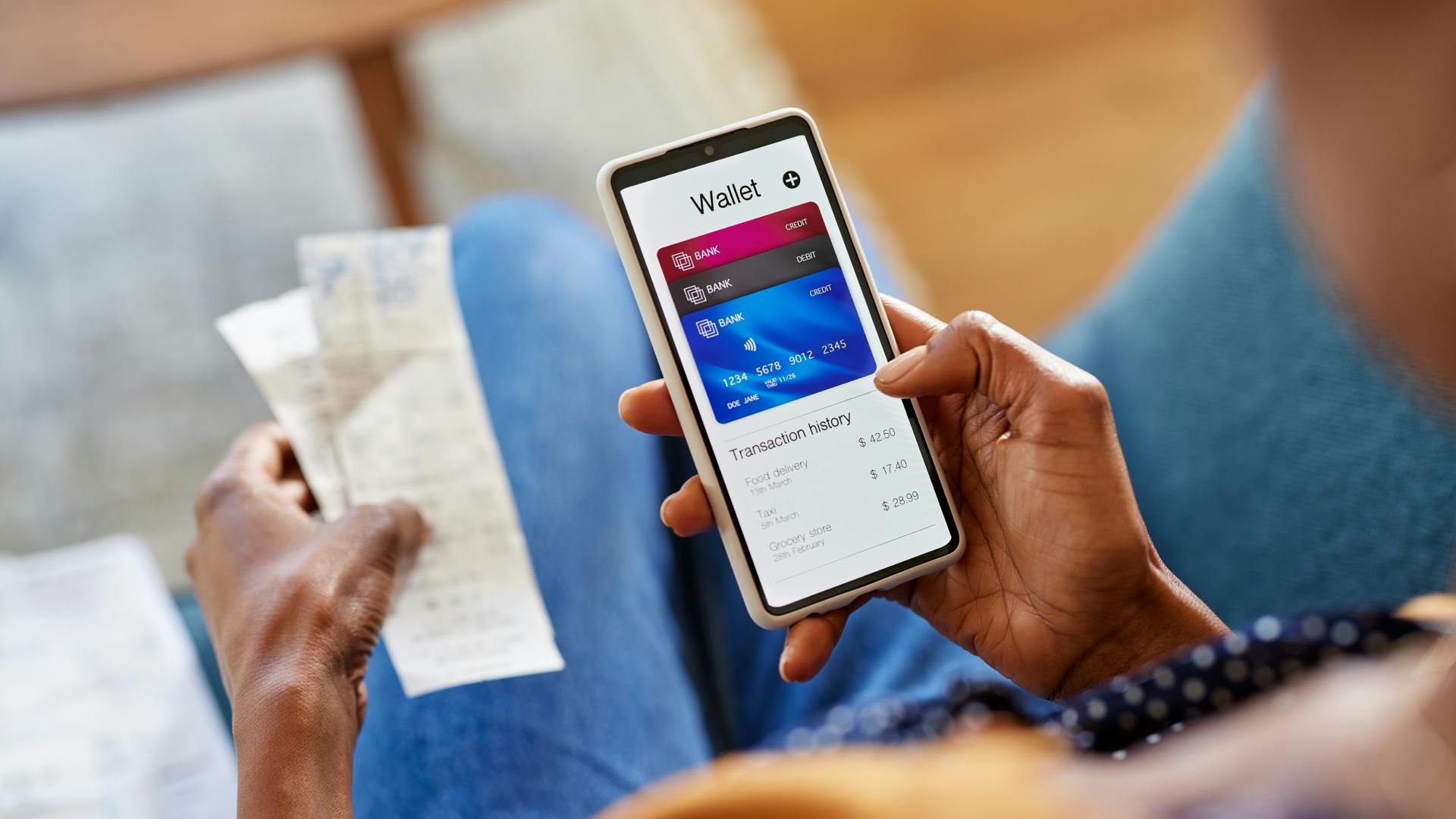
Over the past decade, the financial services industry has undergone a rapid digital transformation. At the heart of this evolution are digital-first financial institutions, like neobanks and challenger banks, challenging the traditional banking models. These banks, fueled by technological innovation, are offering customers modern, user-friendly alternatives to legacy banking institutions.
A challenger bank is a new financial institution that seeks to directly compete with traditional banks. They often hold a full banking license and provide core products like savings accounts, loans, and credit cards. What sets them apart is their use of technology to cut costs and deliver modern, customer-centric services, sometimes alongside physical branches. Their approach to banking is typically customer-centric, focusing on digital channels, ease of use, and reduced fees compared to their traditional counterparts.
A neobank, or digital-only bank, operates entirely online with no physical branches. Services are delivered through apps or web platforms, aiming for a fast, simple, and accessible experience. Services are delivered through apps or web platforms, offering speed, simplicity, and low costs. Typical features include real-time notifications, budgeting tools, and no hidden fees. As a type of challenger bank, neobanks stand out for their mobile-first model and complete independence from traditional banking infrastructure.
While the terms neobank and digital bank are often used interchangeably, there are notable differences between the two.
A digital bank is typically the online arm of a traditional bank, offering digital services and products alongside a legacy infrastructure. Digital banks use technology to improve the customer experience, such as by providing online banking, mobile apps, and other digital tools, but they often maintain a traditional banking model in the background.
A neobank is built entirely online, without branches or legacy systems, allowing for simpler, lower-cost, and more innovative services. It is possible to deliver more innovative, flexible, and cost-effective banking solutions, offering customers an entirely mobile and online banking experience.
Initially dismissed as niche players, neobanks have grown into global powerhouses, collectively serving hundreds of millions of users worldwide. Their success is forcing traditional banks to accelerate their digital innovation efforts. Given the recent efforts of some of these leading players to expand into adjacent sectors (e.g., telco), and acknowledging the differences in demographics, regulation, and market structure, neobanks remain the closest thing we have in Italy, Europe (and more broadly the so-called Western world) to the powerful Asian and African super-apps: born digital, diversified, and increasingly embedded in users’ daily lives.
The global neobanking market is experiencing explosive growth, valued at USD 143.3 billion in 2024 and projected to skyrocket to USD 210 billion in 2025, eventually reaching USD 3,406 billion by 2032, with a CAGR of 48.9%¹. The rising demand for convenience among customers in the banking sector is expected to drive market growth, with Europe currently leading in user penetration, while regions like Asia-Pacific and Latin America experience exponential growth².
According to CoinLaw, up to 74% of new bank accounts in 2025 are being opened online, indicating a permanent shift in consumer expectations and digital-only banks account for nearly 22% of new accounts opened worldwide in the past year, with Millennials leading online banking usage with an adjusted share of 26.2%, highlighting their strong digital banking preference³.
As digital banking continues to evolve, neobanks are leveraging AI, big data, and open APIs to offer hyper-personalized financial products. Their rise represents not just a technological evolution but a fundamental rethinking of how banking is done.
With hundreds of millions of users worldwide and growing investor interest, neobanks are not just the future of banking, they already are the present.
In line with the positive mood seen around the world, from Europe to Asia, from North America to the Middle East, several neobanks are also expanding their reach in the Italian market, too.
At Fintech District, while we are aware of the differences between challenger banks and neobanks, for simplicity we refer to the players operating in this field and part of our community (BlankCA, Finom, Hype, N26, Qonto, Revolut, Tinaba, Tot, and Wamo) as neobanks. Among them, Revolut and N26 rank among the world’s most important unicorns, Tot. is led by a female CEO and founder, Hype, Tinaba and Tot. operate exclusively in Italy, Blank, Finom, Qonto, Tot., Wamo have developed a distinct B2B-focused business model, while all are rapidly adopting AI tools to enhance operations and better support customer needs. Recently, each of them has also made significant strides through strategic partnerships, regulatory milestones, and innovative product launches aimed at serving SMEs, freelancers, and digital-native consumers. Several other fintech companies in different categories (e.g., Trade Republic, Sibill, Klarna, Young Platform) are now offering banking services such as cards and accounts, with Klarna and Scalable even having obtained a banking license. This indicates a clear market trend, but for simplicity in this analysis, only truly native neobanks are considered as such. Below, we take a closer look at some key news featuring these leading neobank players.
Tot, the Italian digital business account tailored to freelancers and the self-employed, has not only just concluded an important €7 million Pre-Series A round, but has also recently announced a few new partnerships amongst which the one with Subbyx, another fintech part of our Community, to allow its customers access more flexible tech subscription services, thus making it easier and more sustainable for entrepreneurs to use devices like smartphones and laptops without upfront purchase. On top of this, in early 2025, Tot. launched its first business training program, called “Tot.circle” to promote entrepreneurial culture and support business growth, both in the world of innovation and more traditional sectors.
Neobanking Market Size, Share & Industry Analysis, By Account Type (Personal and Business), By Service (Savings/Checking Accounts, Payments & Money Transfers, Mobile Banking, Loans/Insurance/Investments, and Others), and Regional Forecast, 2025 – 2032
Neobanking Market (2023 - 2030), By Size, Share & Trends Analysis Report By Account Type (Business, Savings), By Application (Enterprises, Personal), By Region (Asia Pacific, Europe), And Segment Forecasts